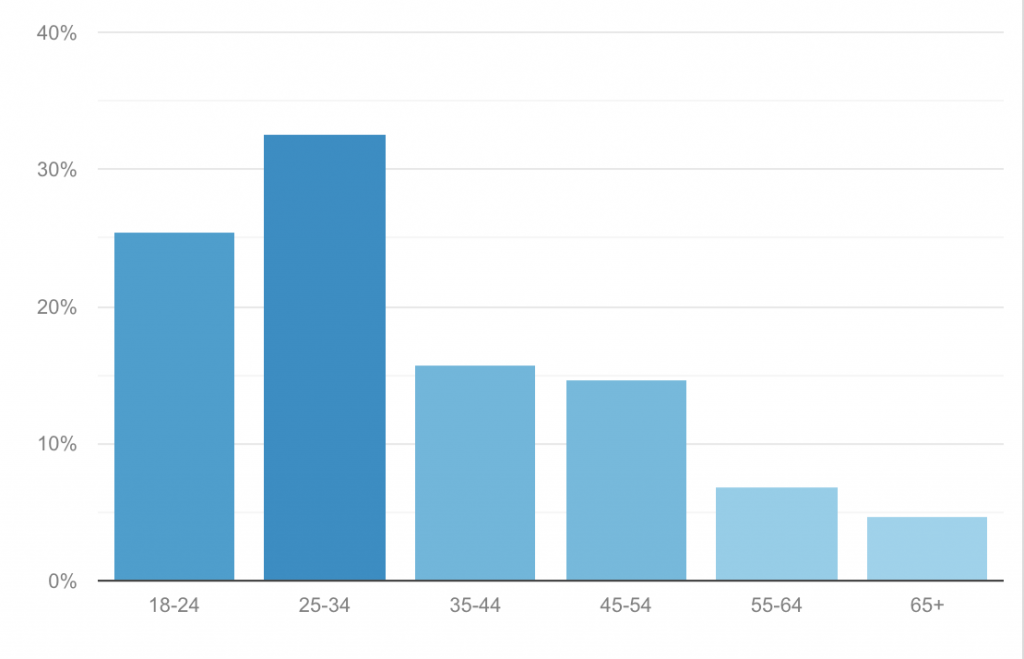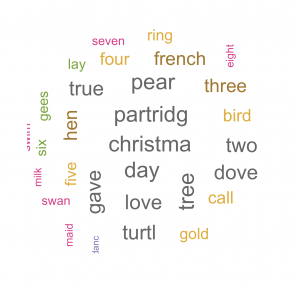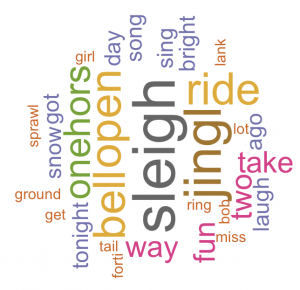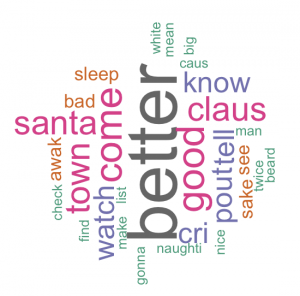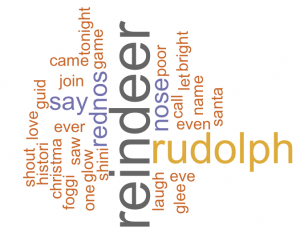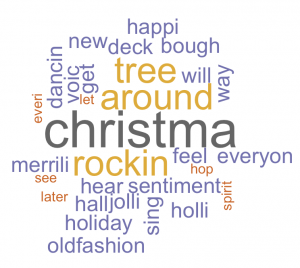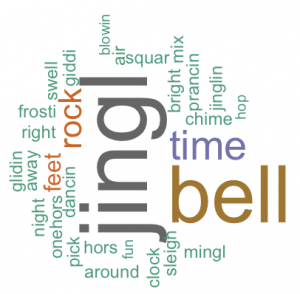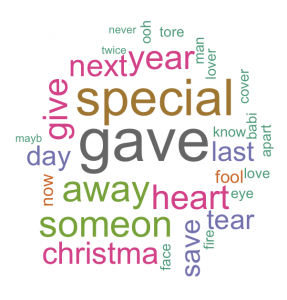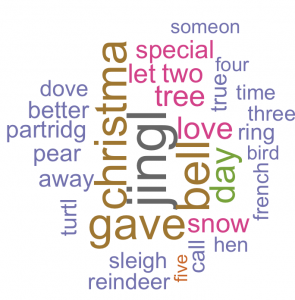It’s the third post of the Business Model Innovation series and also the third post of the year! In this new normal, the traditional bakery businesses have been hit very hard. While there is less people out on the streets, which means less customers, how can bakery businesses cope? This is where your opportunity lies! You can start your own bakery business right here and now!
As usual, we will be doing our analysis with the business model canvas. Also, we would like to thank one of my colleagues, who always bakes and brings her best creations to share, which inspired me to write this post! There’s no hard and fast rule to run this bakery, so get innovative in the comments below!
Unique Value Proposition
We provide you the freshest baked artisan bread and pastry, right in the comfort of your homes!
We deliver this UVP through a DIY kit of ingredients. Furthermore, this kit comes with a recipe, so you can replicate the best bakes, right in the comfort of your own kitchen.
Customer Segments
Younger people, who have picked up the hobby of baking, while they spend more time at home, are our potential customers. A large proportion are likely females, who may value surprises a lot.
Key Partners
The core partners of the business are Bakers, Patisseries and Chefs, whom we can co-innovate with. These partners will be key to develop the recipes which are not only wallet-friendly, but also easy to execute in the kitchen.
Key Activities
Some key activities includes prospecting for sales to customers, as well as enrolling more professional F&B veterans onto the platform.
Key Resources
Online channels for enablement and distribution of recipes.
Supply and logistics network, which impacts the fulfilment of the orders.
Customer Relationship
We may want to consider having a platform, which is necessary for customers to stay excited and expressive. Therefore, creating an Instagram page where customers can showcase their best bakes weekly might be one way to go about it. Furthermore, we can run contests on the Instagram page, for customers to showcase their own creations, stand a chance to be featured on our Instagram, and win exclusive prices.
Channels
An omni-channel approach could be taken, which consists of both online and offline channels.
We could have a website and application for e-commerce transactions. This can be supplemented with Instagram, which trends among the young people.
We could do offline marketing at partner bakeries, where there may be foot traffic but not too many buyers due to hygiene concerns. By including a QR code to purchase our baking tools and ingredients online, the expertise in the physical bakeries will not go to waste.
Cost
You will incur the following costs:
Cost of goods sold, basically to simply put it, the cost of the raw materials in the ingredients.
Platform fees to maintain your website.
Transportation and Supply chain, which is essential in bringing your products to the consumer.
Marketing expenditure is also one of the costs which are incurred.
(Rental does not apply in this case, as this business is more logistical and taps on the capital investment of existing F&B establishments.)
Revenue
You can consider these revenue streams:
Per Unit Sales Model, where customers can order through a system.
Subscription model, where customers enrol in a monthly membership to be surprised with new recipes every week!
Advertisement revenue, which can be gotten through sponsored recipes with larger businesses, for instance Gardenia or Sunshine Bread factory in Singapore.
At last, this is a DIY Bakery business summarised in one page! Do let us know if this worked for you!
Are you interested in exploring other business ideas? Please drop us a note at businessmodel@tanweixiang.com.
If you liked reading about this post, do follow us on our LinkedIn Page. You may also like to build your own ramen restaurant, hair salon or photo studio!
Image Credits: Photo by Roman Kraft on Unsplash



